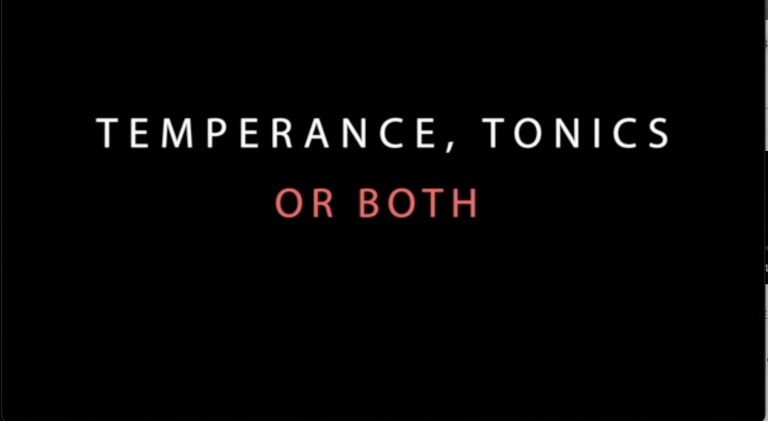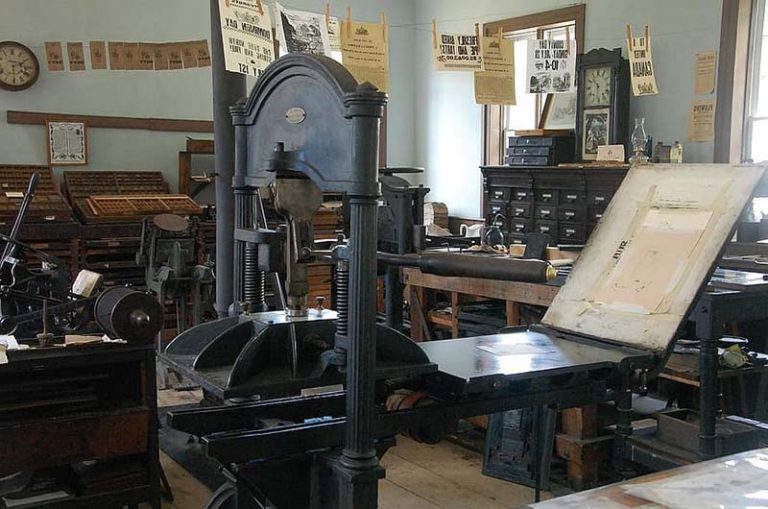The Media Giraffe conference will be emphasizing the collaborative news production model championed by scholars like Axel Bruns, who wrote an excellent book called Gatewatching.
The role of the press in the formation of the public sphere is clearly set out and debated by critical theorists such as Jürgen Habermas; yet, traditional journalism today is facing tremendous pressure from new forms of news media, particularly those being created on the Internet. And, while Habermas outlined the positive role the press played in the early formation of the public sphere in his book The Structural Transformation of the Public Sphere, he was highly critical of modern media in its ultimate failure to support it. His notion of a public place where private individuals could come together to participate in rational-critical discourse on the important issues of the day was energized through the early press and publications in the 17th and 18th century. But with the subsequent rise of liberalism, consumerism and capitalism, the public sphere suffered and simultaneously, journalism lost its focus, along with its credibility, as it became a tool to be used by these political-economic forces to suppress debate.
The emergence of the Internet as a medium for journalism is a recent phenomena, going back about 10 years, and still very much in its infancy, as participants seek to define what form it will take. And while no definitive format exists, there are many experiments taking place. The Internet opens many possibilities for journalism, including hyperlinking information, multimedia storytelling and interactivity. However, these forms continue to place journalists, editors and publishers at the centre of the model, as it always does in traditional journalism, leaving many of the issues identified by Habermas and other critical theorists unanswered.
Axel Bruns, in his book Gatewatching, puts forward an alternative model for the production of news, which throws open the closed paradigm of traditional journalism by allowing users to become consumers, producers and commentators of news. Bruns concentrates on examining how and when this occurs and under what conditions this new form of journalism takes place. But a byproduct of this process, that Bruns does not directly address, is these participants will create a new public sphere by participating in the various models he describes. Through the unencumbered act of gathering, writing, editing, posting and responding to news for a web site, there is the potential for users to come together in the act of rational-critical discourse in a public place as equals to express themselves, read and respond to what others offer.

